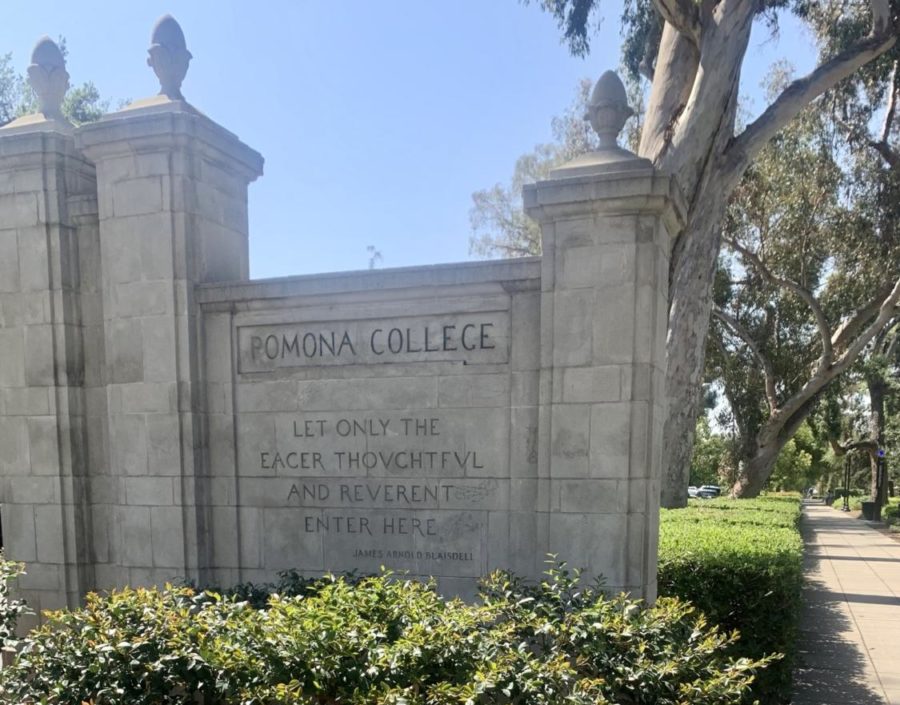Tuition is Thousands a Year. Where Does That Money Go?
Tuition alone at Pomona College costs over $58,000 a year.
In the middle of November, classes and working laboratories in the University of California’s 10 campuses came to a halt. Almost 50,000 workers- primarily graduate students and researchers -at the schools went on strike to demand increased wages, as well as better health care and transportation access, according to the LA Times.
A Boulder High student’s annual tuition at UCLA is $40,434, as reported by Naviance. If grad students and doctoral candidates, who teach many undergraduate classes, stopped working a month before finals because of low pay, where does that tuition actually go?
Tuition is the cost of instruction at a college or university; it doesn’t include textbooks, dining hall access or dorm upkeep. Some institutions offer tuition per class, while many have a flat rate that covers as many (or as few) courses a student takes per year, like UCLA. Many students don’t pay full tuition: according to Business Insider, almost 90% of students have a loan, grant, scholarship or mixture of financial aid.
Schools don’t just receive money from tuition. Public and private universities have endowments, which are invested funds that generate some of their yearly revenue. Endowments don’t mean everything, though: Harvard University has the biggest endowment in the country at $35 billion, but it doesn’t offer breakfast to many of its students. Public universities also receive money from the state, although that can be limited: only 4.3% of CU’s budget in the 2020-21 school year came from Colorado.
In an article for Forbes, Nathan Lewis estimated that the total cost for Colgate (a private college in upstate New York) per student was about $21,000 in 2017. The sticker price for the school was over $49,000.
According to Forbes contributor Caroline Simon, the discrepancy is partially attributed to rising administrative costs. Simon proposes that schools are hiring more administrators to coordinate around government regulations (like Title IX), address students’ needs outside of the classroom and remain competitive.
Competition in this context refers to how schools can convince students to attend. This involves a lot of amenities: have you seen CU’s new rec center? It also involves things like new programs and sports culture. The LA Times reports that the head UCLA football coach makes 5.6 million dollars annually. Some of that is generated by ticket sales, but some of that comes from what students pay.
While schools have added more administrators, they have removed tenured teaching positions, which means that fewer professors can have job security. Instead, schools employ more part-time lecturer positions. CU professor Paul Campos argued in the New York Times that part of the issue is how top-level administration has seven-figure salaries and that much of the administration is “bloated” or unnecessary.
It’s difficult to pinpoint exactly how a university allocates a student’s tuition. In 2016, the state of California audited the UC system because it “failed to disclose tens of millions in surplus funds, and its budget practices are misleading.” Schools, especially state universities, are massive bureaucracies with thousands of services. Many Boulder High students think the experience is worth it, even at its staggering cost.

Hannah (rhymes with fauna!) Cohen is ecstatic to be working on the Owl for her third and final year. She loves stories in all their forms, but she mostly has opinions on obscure podcasts and which New York Times opinion columnists are defacing the good name of journalistic analysis. When not busy with stumbling through sheet music, editing nonfiction for jGirls+ Magazine, or seeking out the cheapest bluegrass venue, Hannah enjoys wandering around the mountains with her friends and lovely labradoodle. Although she's slightly preferential to the sweeter, more robust taste of red grapes, she knows that the bliss of biting into a crunchy grape transcends color.


